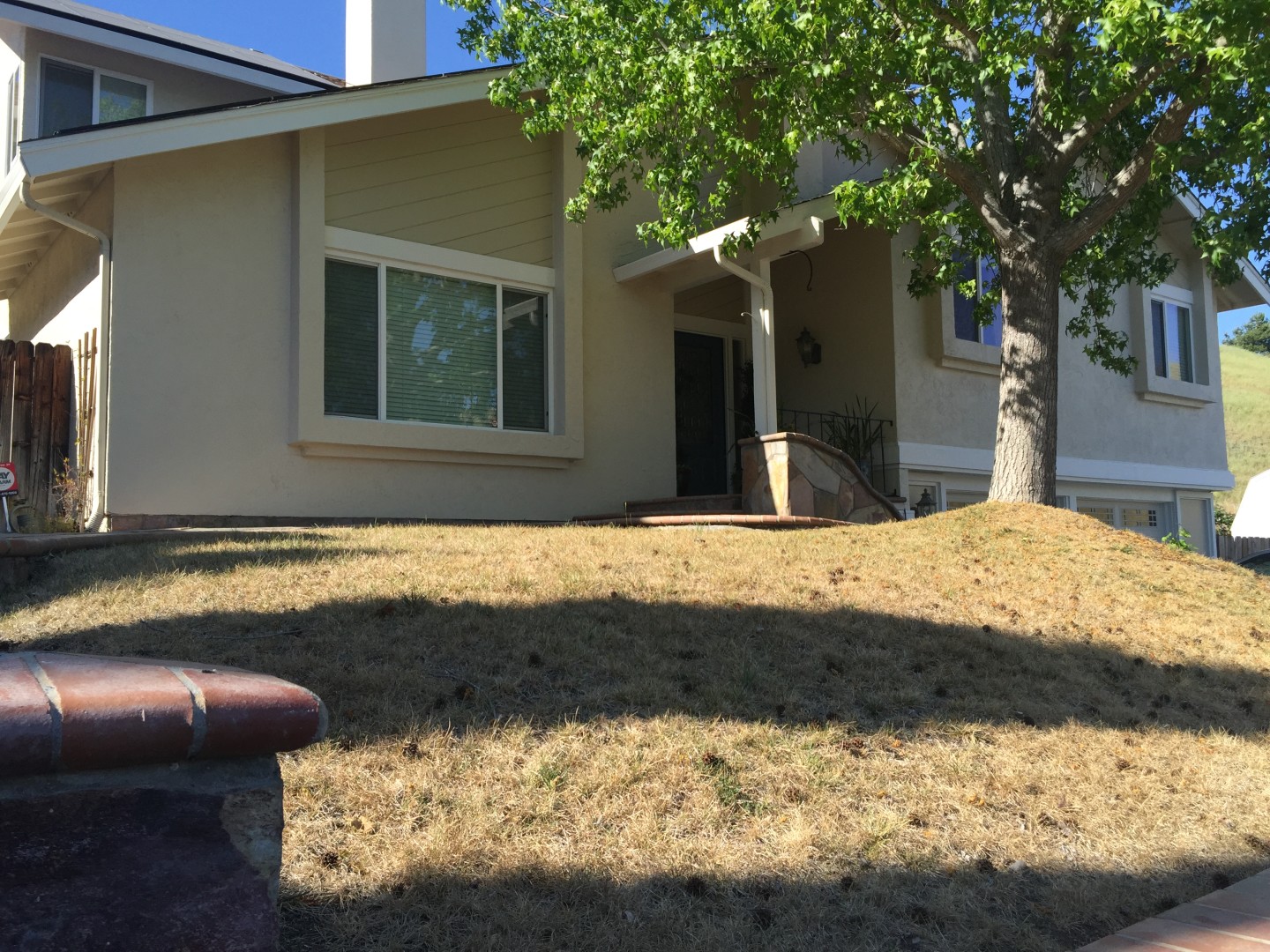By now, most Californians have gotten the message: let the lawn go. There’s a drought on. Many have turned off their sprinkler systems all together.
That has meant some collateral damage, however; along with the grass, trees are dying, too, and those are valuable in lots of ways lawns are not.
KQED’s Rachael Myrow talks with Igor Laćan, an urban forestry advisor with UC’s Cooperative Extension, about the implications of losing our trees, and how to prevent it.
Trees that are obviously dead and dying are a safety hazard, a fire hazard, and potentially a lawsuit waiting to happen. Laćan raises some compelling reasons to rescue struggling trees, though, like the boost they give to property values. Healthy trees also provide shade, filter the air, and generally make cities more “livable.”
Other questions Laćan takes on:
- Does it matter if the tree on your lawn is native?
- If you’re letting your lawn die, how do you keep your trees alive without attracting the attention of neighborhood drought-shamers?
- There’s a big, brewing El Nino out in the Pacific that could portend a punishing storm season this winter. What’s that’s likely to do to drought-weakened trees?
- What are Bay Area cities and counties doing to avoid becoming bleak, sun-baked deserts?
